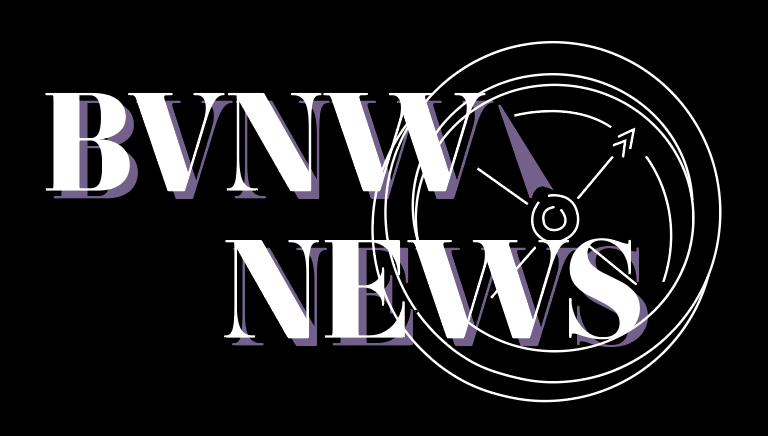America the blind
It is imperative for us to take a second look at practices we’ve been doing out of mundane routine after the progressions toward racial equality that transpired this summer. The Pledge is outdated, misleading, and should not be included within the school day of young, impressionable children.
November 10, 2020
At one time or another, many students have placed their hand over their heart, memorized the lines to the Pledge of Allegiance, and recited them in sync with their classroom peers. It is imperative for us to take a second look at practices we’ve been doing out of mundane routine after the progressions toward racial equality that transpired this summer. The Pledge is outdated, misleading, and should not be included within the school day of young, impressionable children.
In 1943, the Supreme Court ruled in West Virginia State Board of Education v. Barnette that “the Free Speech clause of the First Amendment prohibits public schools from forcing students to salute the American flag and say the Pledge of Allegiance.” Despite this, Kansas legislature’s Statute 72-5308 says public schools in Kansas must provide time in the school day for students to recite the Pledge as part of “patriotic exercises” that “best meet the varied requirements of the different grades.” This means, although time to recite the Pledge must be incorporated into the day, it is not required for students to participate. Furthermore, if the Pledge is deemed an inconvenience to the school day, such as for high schoolers, this time is not required.
According to the Blue Valley School District’s Administrative Guidelines Policy 2500, “the District shall encourage the regular recitation of the Pledge of Allegiance by students and staff at all schools,” suggesting that they hope to regularly incorporate the Pledge, if time permits.
Because grade schoolers tend to have a more flexible school schedule, the Pledge is most prevalently practiced in grades K-5. Although participating in the Pledge is voluntary by law, there are social pressures on young children to join in and follow what everyone else is doing. Do you really expect a first- grader to courageously explain to their peers why they are the only one not standing for the Pledge?
It is not required of teachers to inform students of their choice to participate, so many kids are not even aware of the option. This encourages blind patriotism in children who are often too young to understand what they are saying. Most children begin saying the Pledge every day at age 5, but the truth is, most 5-year-olds do not understand the message of the Pledge, nor do they understand the racist and xenophobic history of the United States which it ignores. Many grade-schoolers are too young and uninformed to properly consent to pledging their allegiance to a country.
The Pledge of Allegiance was originally composed in 1892 by Francis Bellamy. While working with a children’s magazine, he was asked to create patriotic programs for schoolchildren for the upcoming National Public School Celebration of Columbus Day. Hence, the Pledge was born.
According to the Wiley Online Library, ages 12-18 are classified as the most impressionable years of one’s life. The Pledge is a white-washed and blatantly deceiving rendition of American history that was created solely to instill nationalism in American youth, targeting them as impressionable Americans.
Bellamy had originally considered using the word “equality” in his Pledge, but decided against it knowing that the state superintendents of education were against equality for women and people of color. He even noted that “equality was a dubious word.”
The Pledge was created to appeal to racist and misogynistic leaders, and therefore should not be a part of American youth’s lives. It encourages blind submission to the ideas and political opinions of important adult figures from above, such as school teachers to whom many children trust and admire.
Furthermore, Bellamy believed in the separation between church and state, and therefore did not include the words “under God” in the original version of his Pledge. However, upon hearing the convincing sermon of George M. Docherty, years later in 1954 U.S. President Dwight D. Eisenhower introduced bills to Congress to add the phrase “under God” to the Pledge.
This addition violates the separation of church and state and upholds the idea that a God, who some people don’t believe in (nor are they required to), rules the country. It is a direct violation of the religious freedom that our Constitution clearly gives us, and makes those who do not follow God feel like outsiders in American society.
Lastly, the phrase “liberty and justice for all” is a horrible lie that does not accurately represent the country. U.S. history (and frankly, the present) is full of racist, xenophobic, and unjust discrimination of others, so why would we ever think the phrase “liberty and justice for all” would correctly encompass that? It doesn’t. Liberty and justice for all is not something that actually exists in this country–the U.S. has never had, and still does not have, liberty and justice for all. What about justice for Breonna Taylor? Justice for George Floyd? It has been decades since the Pledge was written and justice has yet to be served. How can we allow our kids to believe this fairytale of “justice for all” that our country has never truly lived up to?






